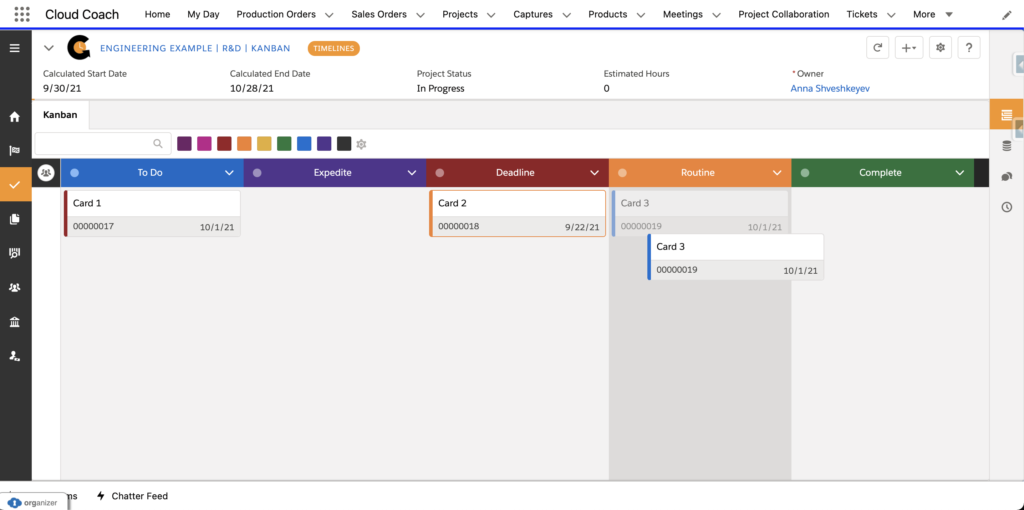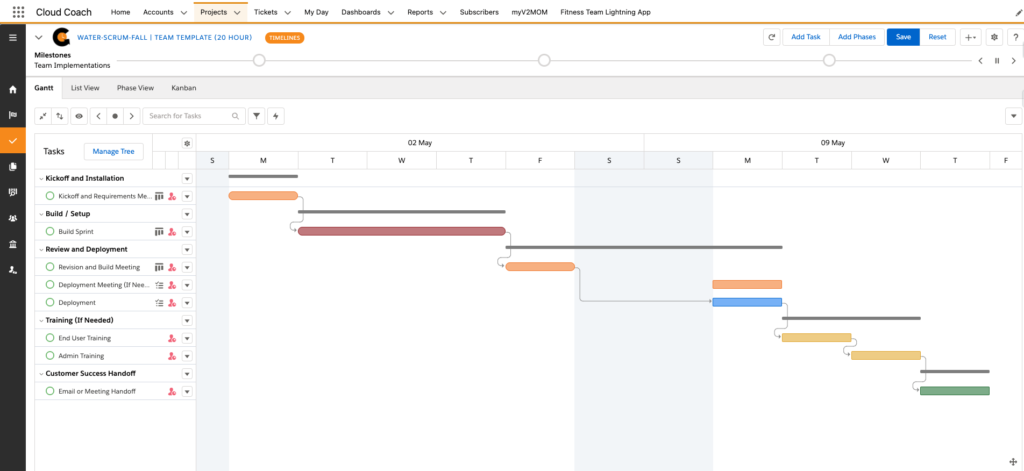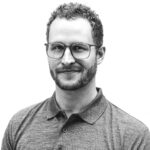When would you need to use Water-Scrum-Fall?
Use Case 1: Project Managers usually struggle with long projects where multiple teams and departments are involved. Some teams prefer Kanban, while others prefer the Waterfall style Projects (it is extremely difficult for a Project manager to convince all of them to work in one type of Project Methodology).
Cloud Coach Solution: Cloud Coach provides Water-Scrum-Fall Projects where different teams can follow a Kanban process or Waterfall process within the same Project. Given the time frame of a project, it is extremely important for a Project Manager to keep the teams happy and satisfied to ensure timely completion of the project.
Use Case 2: Project Managers deal with Change Orders often where the timelines are extended or more deliverables are added (In these Cases a New Phases or Short term tasks are added).
Cloud Coach Solution: Project Managers can create Water-Scrum-Fall Projects, and if they receive additional requirements they can always add Phases/tasks to accommodate those or add Kanban Process Boards to help and achieve the tasks on time.
Use Case 3: An organization has used a specific approach to projects for a long time. Projects tend to be longer in duration and structured tasks have specific dates to meet. Sometimes there are multiple levels of tasks and phases to complete a particular phase of the project.
Cloud Coach Solution: Project Managers can use Waterfall Projects to follow a structured project plan featuring multiple layers of the work-breakdown structure (WBS) to further divide the phases and tasks required to complete the phase of the project.
Use Case 4: A software development project team works on small, iterative projects, but don’t follow a larger project plan. The team doesn’t have a set process, but is looking for process organization to track progression of tasks on these quick projects.
Cloud Coach Solution: The Kanban project method is one single board that tracks the progression of tasks, known as cards, within the project. The board can follow one of the established Cloud Coach processes, or by one customized by Cloud Coach Admin. Each card can have color tags associated with them to categorize the tasks and make them searchable. The Project Manager can easily assign their team members to cards, who can track many types of details of the cards such as the description, priority and due date.





























